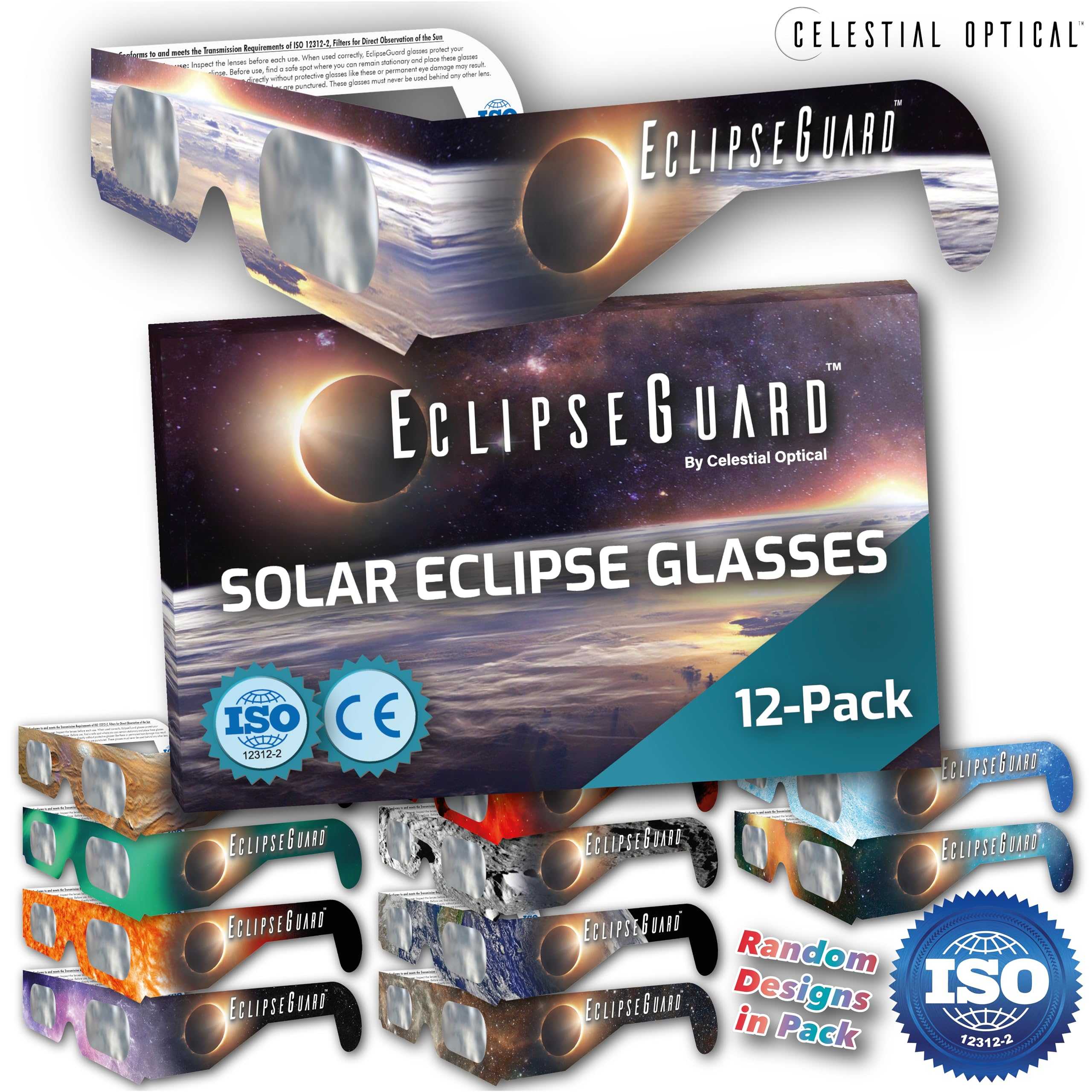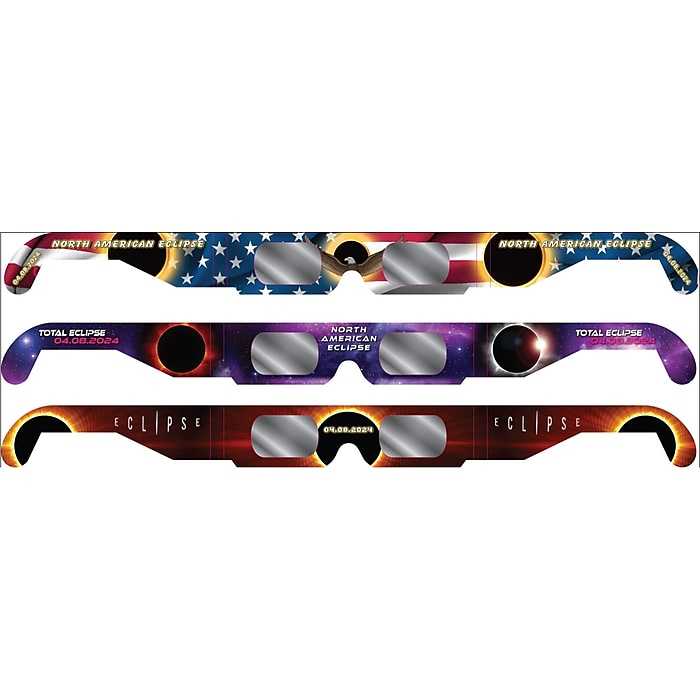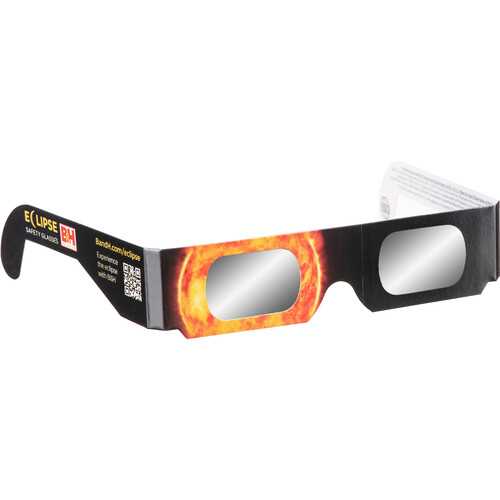Hello. Yes. Next 34 5, the cheer went up as soon as it was full annular, you could hear the whole rim erupt in, in cheers. It was amazing. The entire Bryce Canyon. Yeah, it was, it was an epic epic thing to see. Nothing that you can read can prepare you for how it feels. Right. It's just that moment when, especially when the ring of fire came on, you realized that you were having ***, *** lifetime experience. Yeah, we got to see the ring of fire because the clouds broke just at the right time to see. Let us see it at its fullest point and it was beautiful. It would have been fun to be able to watch the progression of the sun being covered by the moon. But seeing it at the right time was better. They, right before the event, the skies opened up, it was clear and it was one of the most beautiful and greatest things that I've probably ever seen in my lifetime and I can't wait for the next year. Copon. La Pelita de la cara de la Gente Cuando Toman, Fil Bolten del sol, wow. Es es el poor compo tta Gente de cuz de Star Guardado Santo tempo la pandemia IBI neven. Com ES E *** that.
How to know if your solar eclipse glasses are safe to use
![WXII logo]()
Updated: 9:31 AM EDT Mar 18, 2024
Millions across the country will be able to witness a total solar eclipse in 2024. The total eclipse, dubbed the Great North American eclipse, will take place on Monday, April 8, passing over Mexico, the United States and Canada. Related video above: “Ring of fire” eclipse stretches over Americas in October of 2023Viewing a total eclipse must be done safely, though. According to NASA, except during the brief total phase of a total solar eclipse, when the moon completely blocks the sun, it is not safe to look directly at the sun without specialized eye protection. Why’s this? Well, improper viewing can cause severe and irreparable eye damage, so that’s why it is important to be viewing the total eclipse with a pair of specialized solar viewing glasses, otherwise known as eclipse glasses, or a safe handheld solar viewer. Eclipse glasses, or solar viewing glasses, are glasses that you can wear to look directly at the sun in a safe and effective manner. These glasses protect your eyes and, according to NASA, are thousands of times darker than regular sunglasses. In order to know if the eclipse glasses you’ll be using on April 8 are safe and effective, they need to do the following per NASA:Be darker than regular sunglasses (by a lot!)Comply with the ISO 12312-2 standardNot be torn or scratchedISO 12312-2 is the safety standard used for filters for direct viewing of the sun. Up until 2017, experts used to say you should look for evidence that the eclipse glasses comply with the safety standard, but before the total solar eclipse that occurred on Aug. 21, 2017, the marketplace was flooded with counterfeit eclipse glasses that were labeled as ISO-compliant. As a result, the American Astronomical Society, which partners with NASA, made a list of suppliers that prepare safe solar glasses and filters, but even then, the society recommends you do the following to see if the solar viewer is unsafe. If you can see shaded lamps or other common household light fixtures of more ordinary brightness through eclipse glasses, don’t use it. Or, if you just glance at the sun and find it uncomfortably bright, out of focus, or surrounded by a bright haze when testing out your pair, don’t use it. We cross-referenced the list provided by the American Astronomical Society and found these eclipse glasses that are backed by manufacturers on their list. Celestial Optical (12-Pack) EclipseGuardAmerican Paper Optics solar eclipse glasses (20 Pack)Lunt Adult-Sized and Kids-Sized solar eclipse glasses DayStar Filters 50mm Binocular Filter and Solar Glasses Fun KitAmerican Paper Optics Safe Solar Eclipse GlassesAlpine Astronomical Baader AstroSolar Silver/Gold Eclipse Glasses (10-Pack)DayStar Filters Solar Eclipse Glasses (Map Print, Special 50th Anniversary Edition, 20-Pack)Lunt Kids Eclipse Glasses (4-Pack)In addition, if your eclipse glasses are ever damaged, NASA recommends you throw it away and find a suitable replacement. And if you have little ones joining you on your viewing adventure, make sure you supervise them and ensure their solar viewers fit and are covering their eyes at all times. The bottom line is that you shouldn’t look at the sun during the eclipse unless you have a pair of reputable solar eclipse glasses or a handheld solar viewing device.
Millions across the country will be able to witness a total solar eclipse in 2024. The total eclipse, dubbed the Great North American eclipse, will take place on Monday, April 8, passing over Mexico, the United States and Canada.
Related video above: “Ring of fire” eclipse stretches over Americas in October of 2023
Viewing a total eclipse must be done safely, though. According to NASA, except during the brief total phase of a total solar eclipse, when the moon completely blocks the sun, it is not safe to look directly at the sun without specialized eye protection.
Why’s this? Well, improper viewing can cause severe and irreparable eye damage, so that’s why it is important to be viewing the total eclipse with a pair of specialized solar viewing glasses, otherwise known as eclipse glasses, or a safe handheld solar viewer.
Eclipse glasses, or solar viewing glasses, are glasses that you can wear to look directly at the sun in a safe and effective manner. These glasses protect your eyes and, according to NASA, are thousands of times darker than regular sunglasses.
In order to know if the eclipse glasses you’ll be using on April 8 are safe and effective, they need to do the following per NASA:
- Be darker than regular sunglasses (by a lot!)
- Comply with the ISO 12312-2 standard
- Not be torn or scratched
ISO 12312-2 is the safety standard used for filters for direct viewing of the sun. Up until 2017, experts used to say you should look for evidence that the eclipse glasses comply with the safety standard, but before the total solar eclipse that occurred on Aug. 21, 2017, the marketplace was flooded with counterfeit eclipse glasses that were labeled as ISO-compliant.
As a result, the American Astronomical Society, which partners with NASA, made a list of suppliers that prepare safe solar glasses and filters, but even then, the society recommends you do the following to see if the solar viewer is unsafe.
If you can see shaded lamps or other common household light fixtures of more ordinary brightness through eclipse glasses, don’t use it. Or, if you just glance at the sun and find it uncomfortably bright, out of focus, or surrounded by a bright haze when testing out your pair, don’t use it.
We cross-referenced the list provided by the American Astronomical Society and found these eclipse glasses that are backed by manufacturers on their list.
In addition, if your eclipse glasses are ever damaged, NASA recommends you throw it away and find a suitable replacement. And if you have little ones joining you on your viewing adventure, make sure you supervise them and ensure their solar viewers fit and are covering their eyes at all times.
The bottom line is that you shouldn’t look at the sun during the eclipse unless you have a pair of reputable solar eclipse glasses or a handheld solar viewing device.
Celestial Optical (12-Pack)
Medical king Solar Eclipse Glasses
4 Pack Junior Size Eclipse Glasses
American Paper Optics Safe Solar Eclipse Glasses
American Paper Optics Solar Eclipse Safety Glasses (Single Pair)
10 Pack Premium Solar Eclipse Glasses
Rainbow Symphony Solar Eclipse Glasses (100 Pack)
Solar Eclipse Glasses AAS Approved 2024 (2 Pack)










